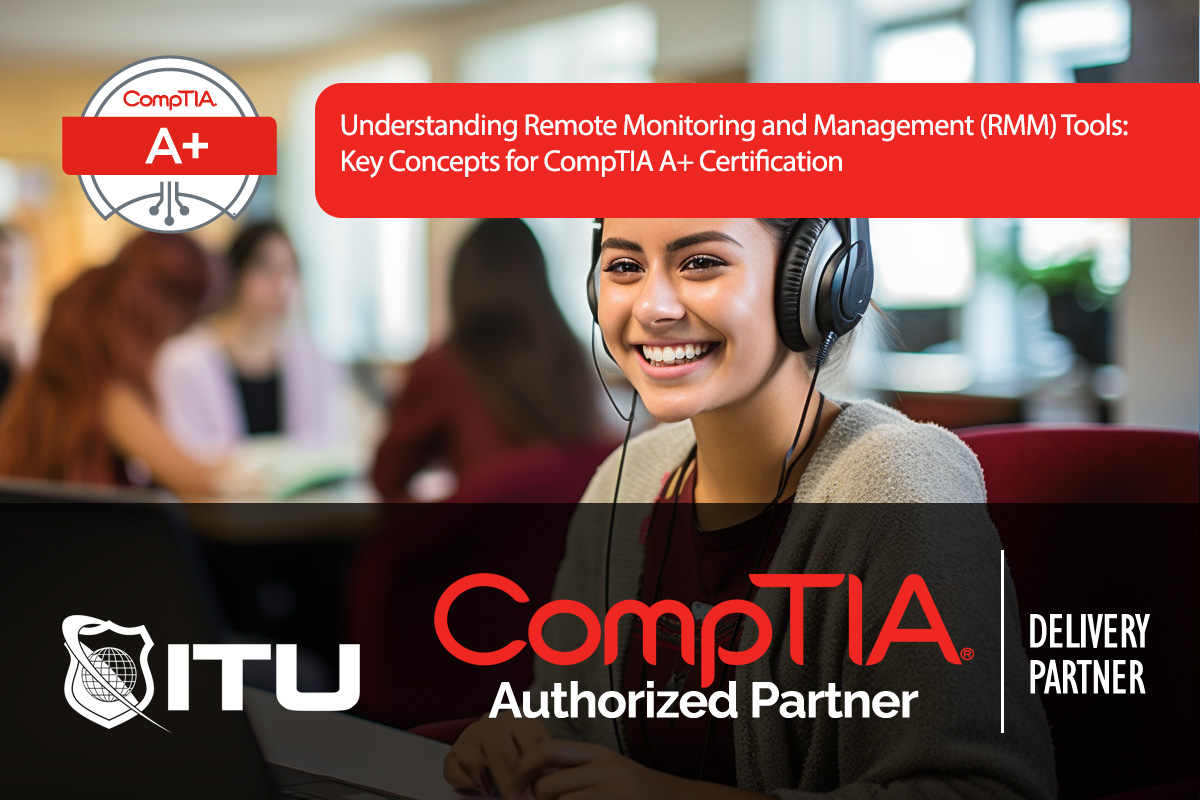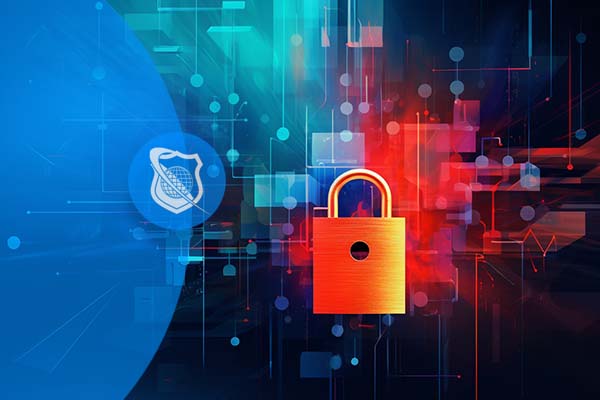Introduction to RMM Tools
In today’s fast-paced digital landscape, managing an ever-expanding array of IT devices, networks, and applications requires sophisticated tools that streamline operations, enhance security, and reduce downtime. Remote Monitoring and Management (RMM) tools have become indispensable for IT professionals and organizations aiming to maintain optimal system performance and security. These tools provide a centralized platform for overseeing diverse IT assets, automating routine tasks, and swiftly responding to issues without the need for physical intervention.
Understanding the importance of RMM tools begins with recognizing their core purpose: to facilitate proactive IT management. By continuously monitoring network health, security status, and system performance, RMM solutions enable IT teams to identify and resolve problems before they escalate into costly outages. This blog explores the fundamental aspects of RMM tools, their features, types, and how they support cybersecurity and operational efficiency. Additionally, it highlights best practices for implementation and discusses future trends shaping this vital technology. Whether you are an IT professional preparing for certifications like CompTIA A+ or a business leader seeking to optimize your IT infrastructure, grasping the essentials of RMM tools is crucial for staying competitive and secure.
Definition and Core Purpose of RMM Tools
Remote Monitoring and Management (RMM) tools are software platforms designed to enable IT teams to oversee and manage computer networks, servers, endpoints, and other digital assets remotely. These tools gather real-time data on device health, software status, security vulnerabilities, and network performance, providing administrators with a comprehensive view of their IT environment from a centralized console.
The core purpose of RMM solutions is to facilitate proactive maintenance, automate routine tasks, and streamline support operations. Instead of waiting for end-users to report issues, IT professionals leverage RMM tools to detect potential problems early, often before users even notice them. This proactive approach reduces downtime, improves system reliability, and enhances overall operational efficiency. By automating tasks such as patch management, software updates, and security scans, RMM tools also free up IT staff to focus on strategic initiatives rather than firefighting daily crises.
The Role of RMM in Modern IT Management and Support
In the modern enterprise, IT management extends beyond simple troubleshooting. It encompasses strategic planning, security compliance, and rapid scalability. RMM tools play a pivotal role in supporting these goals by providing automation, visibility, and control across distributed networks. They enable IT teams to manage geographically dispersed devices seamlessly, whether in cloud environments, on-premises data centers, or hybrid setups.
Furthermore, RMM solutions support a shift toward proactive and predictive IT support models. By analyzing historical data and real-time alerts, organizations can anticipate issues and implement preventive measures. This approach minimizes disruptions, improves user satisfaction, and optimizes resource utilization. For managed service providers (MSPs), RMM tools are essential for delivering consistent, efficient, and scalable services to multiple clients, making them foundational to modern IT service delivery models.
Historical Evolution of RMM Solutions
The origins of RMM can be traced back to basic network monitoring tools used in the late 20th century, primarily focused on network performance metrics. As networks grew more complex and distributed, the need for more sophisticated solutions led to the development of early remote management systems that could handle multiple endpoints and automate routine tasks.
Over time, RMM evolved from simple monitoring scripts to comprehensive platforms integrating automation, security, and analytics. The rise of cloud computing and virtualization further accelerated this evolution, enabling remote management of virtualized environments and cloud-hosted resources. Today, RMM solutions leverage advanced technologies like artificial intelligence (AI) and machine learning (ML) to enhance predictive capabilities and automate complex workflows. Leading industry providers, such as ITU Online Training, have continuously refined RMM tools to meet the demands of modern IT environments, making them more intuitive, scalable, and secure.
Importance of RMM for IT Professionals and Organizations
For IT professionals, RMM tools are essential for managing workloads efficiently, reducing manual efforts, and ensuring high levels of system availability. They enable quick identification of issues, streamline patch management, and facilitate compliance with security standards. For organizations, RMM solutions translate into tangible benefits such as reduced downtime, improved security posture, and cost savings through automation and centralized control.
Moreover, RMM tools support compliance with regulatory standards by providing detailed audit logs, security reporting, and vulnerability assessments. This is especially vital for industries like healthcare, finance, and government agencies, where data protection and regulatory adherence are non-negotiable. Ultimately, RMM empowers organizations to adopt a proactive IT strategy, resulting in more resilient infrastructure, happier end-users, and a competitive edge in an increasingly digital economy.
Key Features and Capabilities of RMM Tools
Monitoring Network Devices, Servers, and Endpoints
At the heart of RMM solutions is the ability to continuously monitor a wide array of devices including routers, switches, servers, desktops, laptops, and mobile endpoints. Monitoring involves tracking hardware health, system performance, uptime, and resource utilization. For example, an RMM tool can alert administrators when CPU usage spikes or when disk space is running low, enabling prompt intervention.
This comprehensive visibility allows IT teams to maintain optimal system performance, prevent failures, and plan for capacity upgrades. It also supports troubleshooting by providing detailed metrics and logs that help diagnose issues quickly and accurately.
Automated Patch Management and Software Updates
- Automates the deployment of security patches and software updates across all managed devices, reducing vulnerabilities and ensuring compliance.
- Schedules updates during off-peak hours to minimize user disruption, with capabilities for testing updates before full deployment.
- Removes the manual burden from IT staff, allowing them to focus on more strategic tasks.
Remote Troubleshooting and Support Capabilities
RMM tools enable technicians to access end-user devices remotely, diagnose problems, and apply fixes without physical presence. This capability significantly accelerates issue resolution and reduces support costs. Features may include remote desktop sessions, file transfer, command-line access, and chat support within the platform.
Asset Management and Inventory Tracking
Effective asset management involves maintaining an up-to-date inventory of hardware and software assets. RMM solutions automatically detect devices, track configurations, licenses, warranties, and software versions. This information assists in lifecycle management, compliance auditing, and planning for upgrades or replacements.
Alerting and Notification Systems
Real-time alerts notify IT teams of critical issues, such as hardware failures, security breaches, or network outages. These notifications can be customized based on severity levels and delivered via email, SMS, or integrated ticketing systems. Prompt alerts enable swift responses, minimizing downtime and data loss.
Reporting and Analytics Functions
RMM platforms generate detailed reports on system health, security posture, compliance status, and performance trends. Analytics help identify recurring problems, optimize resource allocation, and support strategic decision-making. For example, a report might reveal that a specific server frequently encounters high CPU usage, prompting further investigation or hardware upgrades.
Types of RMM Tools and Platforms
Cloud-Based versus On-Premises Solutions
Cloud-based RMM platforms are hosted remotely and accessed via web browsers, offering scalability, ease of deployment, and lower upfront costs. They are ideal for remote or distributed teams, providing flexibility and rapid updates. Examples include SolarWinds RMM and Kaseya VSA.
On-premises RMM solutions are installed locally within an organization’s infrastructure, providing greater control over data and security. These are preferred by organizations with strict compliance requirements or those seeking to keep sensitive data behind their firewall. While on-prem solutions may involve higher initial investment and maintenance, they offer customization options tailored to specific organizational needs.
Open-Source versus Commercial RMM Tools
- Open-Source RMM Tools: Offer flexibility, customization, and cost savings, often supported by active community development. Examples include Nagios and Zabbix. However, they may require more technical expertise to deploy and maintain.
- Commercial RMM Tools: Provide comprehensive support, user-friendly interfaces, and integrated features. They typically come with licensing fees but reduce setup complexity and offer professional support. Examples include ConnectWise Automate and SolarWinds RMM.
Integration with Other IT Management Systems
Modern RMM tools often integrate seamlessly with other IT management platforms such as PSA (Professional Services Automation), SIEM (Security Information and Event Management), and endpoint security solutions. This integration streamlines workflows, enhances security, and provides a holistic view of the IT environment, enabling automation across multiple domains.
Popular RMM Tools in the Industry
- ConnectWise Automate: Known for automation capabilities, extensive scripting, and integration options.
- SolarWinds RMM: Offers strong network monitoring features, security tools, and a user-friendly interface.
- Kaseya VSA: Provides comprehensive remote management, automation, and security features suitable for MSPs and enterprises.
How RMM Tools Support IT Security
Continuous Monitoring for Vulnerabilities and Threats
RMM platforms constantly scan managed devices for security vulnerabilities, outdated software, and suspicious activities. They provide real-time alerts on potential threats, enabling rapid response. For example, detecting malware signatures or unusual network traffic can prevent breaches before they cause damage.
Automated Security Patch Deployment
Keeping software up-to-date is one of the most effective security measures. RMM tools automate patch deployment, ensuring that all devices receive critical updates promptly. This reduces the window of opportunity for attackers exploiting known vulnerabilities and maintains compliance with security standards.
Detection of Unusual or Malicious Activity
Advanced RMM solutions incorporate security analytics and behavioral analysis to identify anomalies indicative of malicious activity. These may include unusual login patterns, data exfiltration attempts, or unauthorized device access, prompting immediate investigation.
Compliance Reporting and Audit Readiness
Many industries require strict compliance with standards such as GDPR, HIPAA, or PCI DSS. RMM tools generate audit-ready reports detailing security configurations, patch status, and incident logs, simplifying compliance audits and demonstrating due diligence.
RMM Best Practices for Security
- Securing RMM Access with Strong Authentication: Implement multi-factor authentication (MFA), role-based access controls, and regular credential updates to prevent unauthorized access.
- Regular Updates and Patching of RMM Software: Keep the RMM platform itself updated to mitigate vulnerabilities and benefit from the latest security enhancements.
- Segregation of Duties and Access Controls: Limit administrative privileges based on roles, ensuring that only authorized personnel can perform sensitive operations.
Benefits of RMM for IT Support Teams
- Increased Efficiency and Productivity: Automating routine tasks reduces manual efforts, allowing IT staff to focus on strategic projects and innovation.
- Faster Incident Response Times: Real-time alerts and remote troubleshooting enable swift resolution of issues, minimizing downtime.
- Proactive Maintenance and Issue Prevention: Continuous monitoring and automation prevent problems before they impact users.
- Centralized Management of Distributed Devices: Manage all endpoints from a single platform, regardless of geographic location or device type.
- Cost Savings and Resource Optimization: Reduce operational costs by minimizing onsite visits, manual interventions, and downtime-related losses.
Challenges and Risks Associated with RMM
- Potential Security Vulnerabilities if Misconfigured: Improper setup can expose the network to attacks, emphasizing the need for secure configurations and regular audits.
- Over-reliance on Automation Leading to Missed Issues: Automated processes may overlook nuanced problems, making human oversight essential.
- Privacy Concerns and Data Protection: Managing sensitive data requires strict access controls and encryption to prevent breaches.
- Managing False Positives and Alert Fatigue: Excessive or inaccurate alerts can overwhelm IT staff, reducing response effectiveness. Fine-tuning alert settings is necessary.
Best Practices for Implementing RMM Solutions
- Proper Planning and Assessment of Organizational Needs: Analyze existing infrastructure, security requirements, and operational goals before selecting an RMM platform.
- Employee Training and Skill Development: Ensure IT staff are proficient in using the RMM tools, understanding automation workflows, and security features.
- Regular Review and Update of Policies: Maintain up-to-date procedures for RMM usage, security protocols, and incident response.
- Monitoring and Auditing RMM Activity: Conduct periodic audits to verify compliance, detect misconfigurations, and improve processes.
Future Trends in RMM Technology
- Integration of Artificial Intelligence and Machine Learning: AI/ML will enhance predictive analytics, automate complex decision-making, and improve threat detection accuracy.
- Enhanced Automation and Predictive Analytics: Future RMM platforms will proactively identify potential failures and recommend preventative actions based on historical data patterns.
- Greater Emphasis on Cybersecurity Features: RMM tools will incorporate advanced security modules, including threat intelligence, endpoint detection and response (EDR), and integrated firewalls.
- The Growing Importance of IoT Device Management: As IoT devices proliferate, RMM solutions will expand capabilities to monitor, manage, and secure these assets effectively.
Conclusion
Remote Monitoring and Management tools are transforming the way organizations handle IT operations by enabling proactive, automated, and centralized control over complex and distributed environments. Their comprehensive features—from device monitoring and patch management to security and analytics—make them indispensable in modern IT management. Successful implementation of RMM solutions requires careful planning, adherence to security best practices, and continuous review to adapt to evolving threats and technological advancements.
For IT professionals aiming to excel in certifications like CompTIA A+, understanding RMM tools and their strategic application is vital. They not only streamline support processes but also strengthen security posture and operational resilience. As the landscape of IT continues to evolve with innovations like AI, IoT, and automation, staying informed about RMM trends will ensure organizations remain competitive and secure in an increasingly digital world.
Take action today by exploring the latest RMM solutions, assessing your organization’s needs, and investing in training to maximize these powerful tools. The future of IT management is remote, automated, and smarter than ever—embrace it to unlock new levels of efficiency and security.










